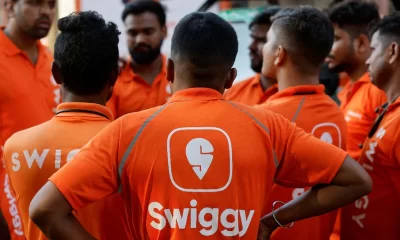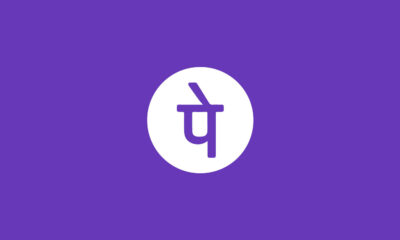On August 6, 2014, Swiggy, now a food delivery giant, launched its service to an unexpected outcome—zero orders. This surprising revelation was shared by Swiggy’s co-founder and CEO, Sriharsha Majety, as the company celebrated its 10th anniversary.
“When we launched Swiggy on August 6, 2014, we ended the day with zero orders,” Majety wrote in a LinkedIn post. “The next day, we got our first-ever order, marking the true beginning of our journey.”
Thanking the Early Supporters:
Majety thanked the early adopters who helped Swiggy become a household name across India. He particularly mentioned Truffles, one of Swiggy’s earliest restaurant partners, starting with just two daily orders on the platform. Today, Truffles has reached a record of 7,261 orders in a single day, showcasing the platform’s exponential growth.
Swiggy Current Scale:
Swiggy has come a long way since its first order. According to Majety, the platform now handles between 2 and 2.5 million orders daily and partners with over 300,000 restaurants across the country. This significant growth highlights Swiggy’s rise as a key player in the Indian food delivery market.
The Road to Going Public:
As Swiggy gears up for its public listing later this year, it faces stiff competition from its rival, Zomato. Zomato, already listed, has reported a profit for the fifth consecutive quarter of the financial year 2024-25 and has seen its market capitalization soar to over $25 billion, with shares gaining 111% this year.
Swiggy Competing with a Listed Rival:
Majety discussed the implications of having a listed competitor like Zomato during the August 9 Moneycontrol Startup Conclave in Bengaluru. He acknowledged that having a listed competitor has its advantages and disadvantages. “Having a listed competitor is good and bad,” Majety said. “We don’t have to explain what on-demand is, what the gig worker economy means, and what hyperlocal is—all of these are the positives.”
However, he also pointed out the challenges: “The negative is that quarter-on-quarter, you are going to be compared on the trajectory.” This comparison adds pressure to meet and exceed performance benchmarks regularly.
Get all the latest news on Indian daily post






































